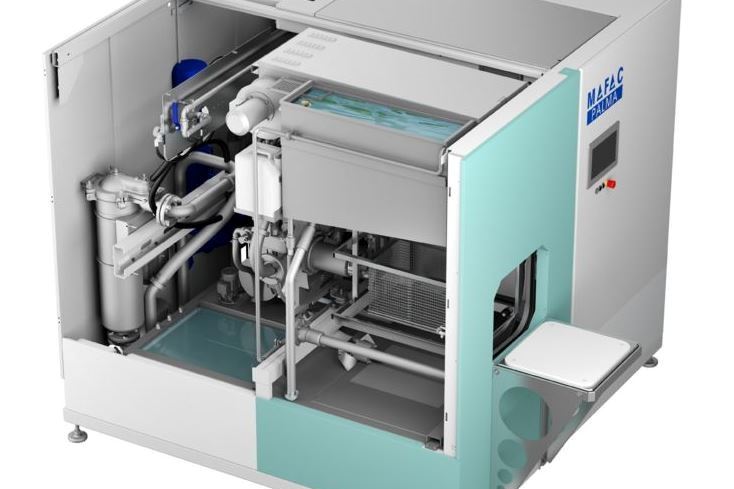Powder Coating Q&A: Ovens for a Batch Powder System
Can we dry parts in the same oven we will use for curing the powder, or should we use separate ovens?
#curing
Q. We are going to install a batch powder coating system and we have been debating the need for two ovens. We have a spray wand system for cleaning and phosphating and we will have to dry the parts after they are treated. Can we dry them in the same oven we will use for curing the powder, or should we use separate ovens?
A. I can see why you do not want to buy two ovens, but I think you would be better off if you did. The first consideration is productivity. With only one oven, you will find yourself waiting a lot while parts dry or cure. Consider how long it takes to clean, dry, coat and cure one load. These cycle times will have a profound impact on how much you can get done in a day. With one oven doing double duty, you will be limited in how much you can process. Maintaining uniform cycle times is important to a batch operation.
Featured Content
In addition to the obvious logistics of using one oven, you should consider that you have two distinctly different processes. Drying is the removal of moisture, and it can often be done at a much lower temperature than curing. Why dry in a 400°F oven, if the parts will dry very well in a 250°F oven? Lower temperature means lower drying cost and less heat gain in the building. It also means the parts will be cooled off sooner. If you do go with one oven, make sure it is big enough to hold more than one load for curing. You should be able to coat faster than you cure, so avoid standing and waiting for the cure oven.
I personally would prefer to have the two ovens for greater productivity and easier logistics. Maybe, if you have limited capital, you can by one oven and try it for a while. You can always add another oven later.
Originally published in the September 2015 issue.
RELATED CONTENT
-
Improving Transfer Efficiencies in Coating Operations
There are many methods for addressing electrostatic grounding in metal painting processes, and Tim Ulshafer from Mueller Electric says the best method for your process is a simple and worthwhile exercise.
-
Preparation of Stainless Steel for Powder Coating
Should type 316 stainless steel castings be sandblasted before powder coating, or can they be chemically etched? Should the parts be pre-heated in an oven before coating?
-
Touch-up Options for Powder Coated Parts
Is it true that powder coating cannot be touched up? Powder coating expert Rodger Talbert offers options for powder coating touch-ups.



















